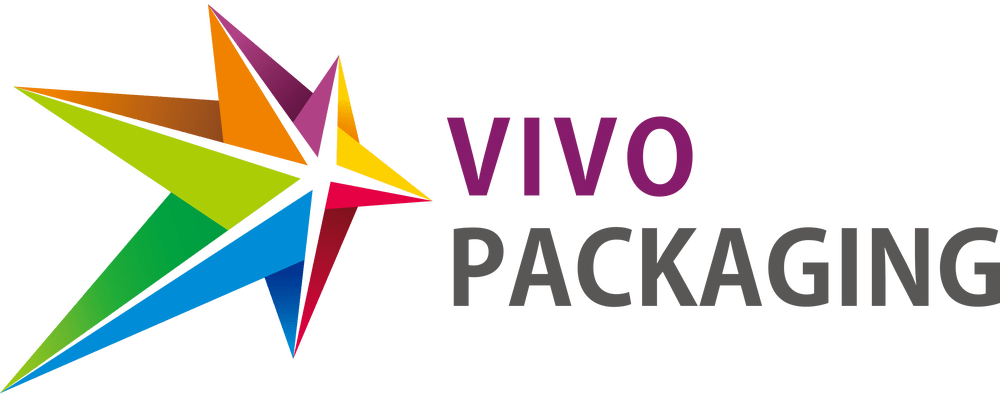A beginner’s guide to creating food labels
As a food manufacturer, you have a legal obligation to include informative, detailed labels on each item you produce.
These labels not only help consumers make better, more informed purchasing decisions, but they can also warn of potential allergens or ingredients that could conflict with their dietary restrictions or health conditions.
But what exactly needs to go on those labels, according to Australian law? And, how detailed do you need to get?
Whether you’re new to the food business completely or you’re just not up to date on the latest food labelling regulations, we’ve got you covered.
Name and description.
First up, your food needs a name and description. The name must accurately depict what’s contained in the package. The Food Standards authority gives a great example: “Fruit yoghurt must contain fruit. If it were to contain fruit flavouring rather than real fruit, the label would need to say ‘fruit flavoured yoghurt.’”
Nutrition information.
Next, your labels need what’s called a “nutrition information panel.” This breaks down your food item’s serving sizes, its energy, protein, carb and fat makeup, and the ingredients it contains. If you use additives to help preserve, thicken or prepare your food, you must include them in your ingredients list as well.A quick hint: Not sure where to start with your nutrition panel? The Food Standards authority has an online tool to guide you along.
There are only a handful of food items that don’t require a nutrition panel, and those are ones with:
- Packages the size of a chewing gum packet or smaller
- No nutritional value (i.e., a spice)
- No packaging
Foods that you make and package upon purchase don’t require nutrition panels either.
It’s what’s inside that counts. Image: Woolworths
Allergy information.
Food allergies can be deadly for many people, so in order to keep consumers safe, you’ll need to include potential allergens on your labels. Common allergens include peanuts, tree nuts, milk, fish, gluten, eggs, soybeans and sesame. You must also include sulfites as allergens if you use them in preserving your food.
Does your product contain traces of nuts?
Food recall data.
Though food recalls in Australia are rare, it’s always better safe than sorry. In case your food item is ever recalled or deemed unsafe, you must also include an ID or date code for the lot it came from. You also need to add your name and business address in Australia (or the name and address of the manufacturer or importer you got the product from.)
Image: Australian Government
Country of origin.
By July 2018, you’ll need to include where your food was made or produced.
The fine print.
There are a few fine-print details your labels will need to fall in line with, too. For one, they must be written in English. They also must be legible, prominent and “distinct from the background.” Type size should be 3mm high or larger.
Keep in mind: these are only the legally required parts of a food label.









